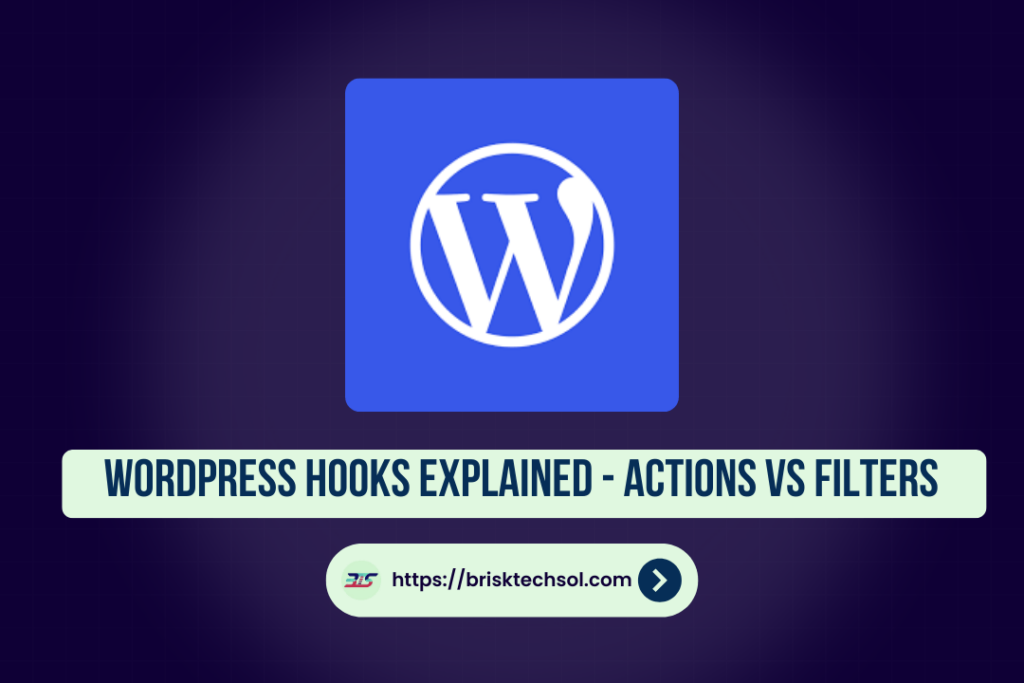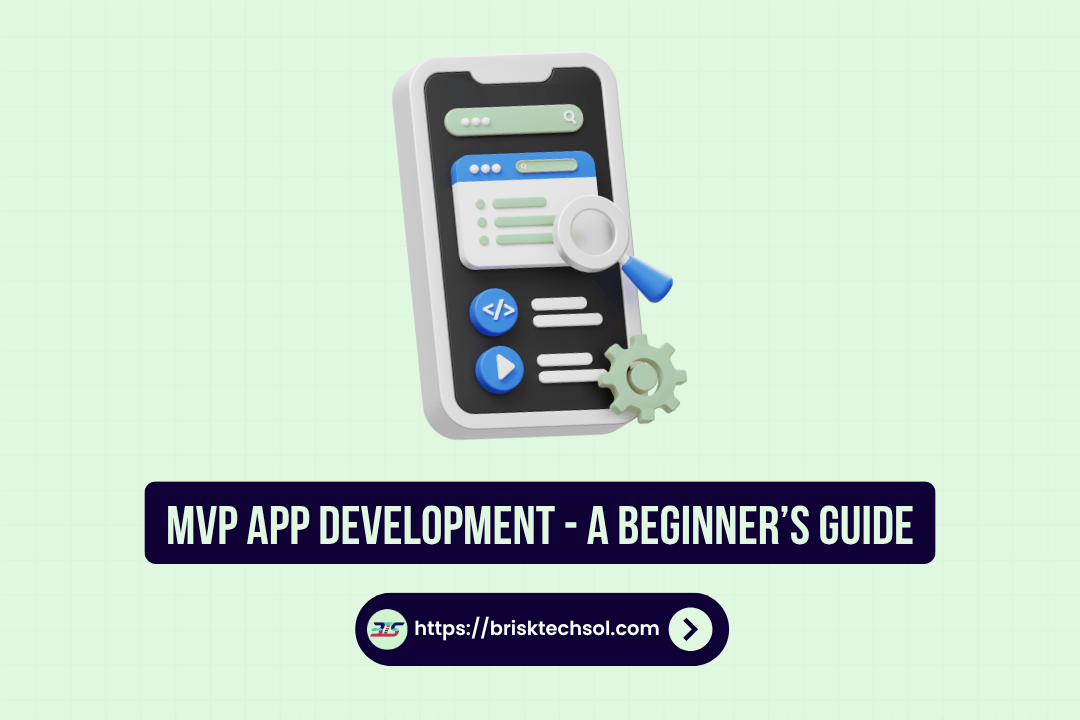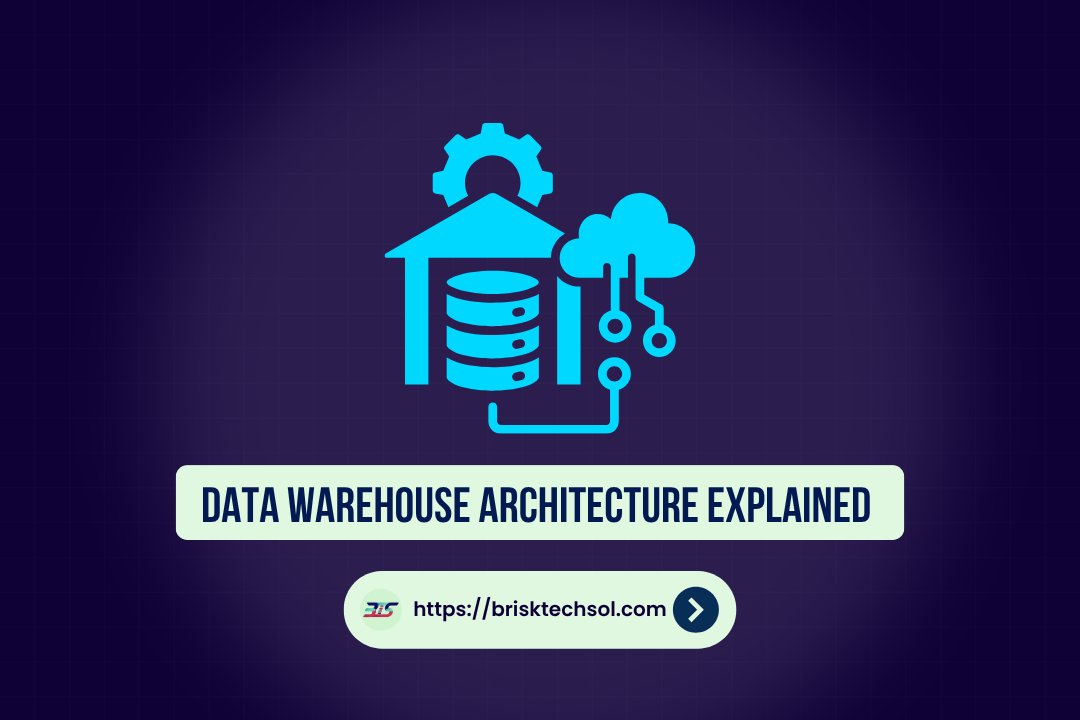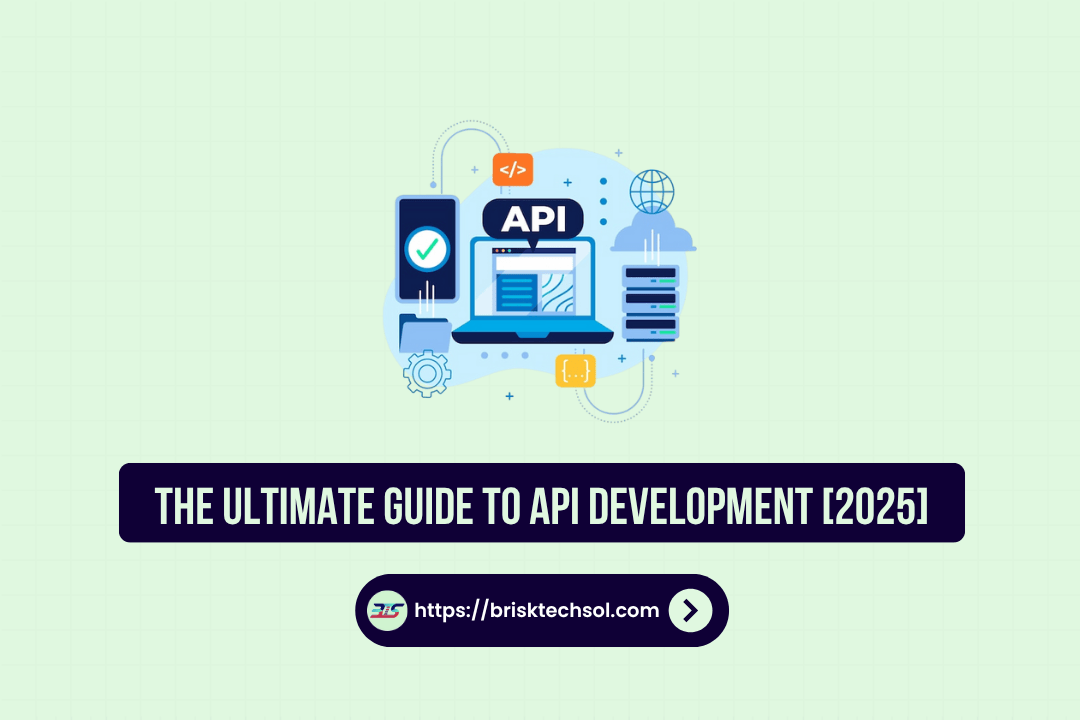WordPress is one of the most flexible and easy-to-customize content management systems available, and a big part of its power comes from its hook system. Whether you’re a seasoned developer or just starting out, knowing how WordPress hooks specifically actions and filters work is key to adding extra features without changing the core code.
In this detailed guide, we’ll explain what WordPress hooks are, how they work, and why they matter. We will look closely at the differences between actions and filters, providing clear examples, practical tips, and best practices to help you get the most out of these features in your WordPress projects.
Introduction to WordPress Hooks
WordPress hooks give developers a way to insert their own code at different points in WordPress, plugins, or themes. By using hooks, you can change the default behaviors and add new features without modifying the core files. This means your changes will still work even after you update WordPress.
What Are Hooks?
Hooks are spots in the WordPress code where developers can “hook” their own functions. These functions can either perform tasks at certain times or change data before it is shown on the website. This design helps keep your code clean and easy to maintain while improving your site’s performance.
Why Are Hooks Important?
- Flexibility: Hooks let you add or change features without altering the core code.
- Updates: Because you don’t change the core files, updates to WordPress won’t remove your custom work.
- Community and Plugins: Many plugins and themes rely on hooks to work well with WordPress, making it a friendly system for everyone.
- Clean Code: Using hooks keeps your custom code separate from the main code, which makes it easier to manage.
Understanding the Two Types of Hooks
WordPress hooks come in two types: actions and filters. Each type has a different role in customizing how your website works.
Actions
Actions are hooks that let you run your own code at specific points during WordPress’s operation. They are used to perform tasks like:
- Sending an email notification when a post is published.
- Adding styles and scripts.
- Creating custom widgets or menus.
- Logging user activity.
When an action hook is called, it runs the functions attached to it. These functions usually perform a task without sending any data back.
Key Characteristics of Actions
- Execution Time: They run at set moments defined by WordPress (for example, when a post is published or a user logs in).
- No Return Value: The functions attached to an action do not need to send back any value.
- Adding Functionality: Actions are used to add new features or do extra tasks.
Example of an Action Hook
php
// Adding a custom function to the ‘init’ action hook
function my_custom_init_function() {
// Custom code to run during WordPress startup
error_log(“WordPress has started!”);
}
add_action(‘init’, ‘my_custom_init_function’);
In this example, the custom function my_custom_init_function is connected to the init action. Whenever WordPress starts up, this function runs and logs a message.
Filters
Filters, on the other hand, let you change data before it is used or shown. They catch data at various points in the WordPress process so you can modify it. This is useful for tasks such as:
- Changing the post content before it is displayed.
- Altering user details.
- Adjusting query parameters.
- Customizing default settings for widgets.
Unlike actions, functions hooked to filters must return a value. The returned value is then used by WordPress, which means your changes become part of the final output or process.
Key Characteristics of Filters
- Changing Data: They are used mainly to adjust or modify data before it is used.
- Return Value: Filter functions must always send back a value, which can be the original data or a modified version.
- Sequential Changes: Multiple filter functions can work in order, each one changing the output of the previous one.
Example of a Filter Hook
php
// Adding a custom filter to modify the content of a post
function my_custom_content_filter($content) {
// Add a custom message at the end of each post
return $content . ‘<p>Thank you for reading!</p>’;
}
add_filter(‘the_content’, ‘my_custom_content_filter’);
In this case, the function my_custom_content_filter takes the content of a post, adds a custom message, and then returns the updated content. The the_content filter makes sure every post on the site ends with the new message.
When to Use Actions vs. Filters
Knowing when to use actions and filters can help you build more effective WordPress features.
Use Cases for Actions
Actions are best when you want to run some code at a specific time in WordPress without needing to change any data.
Common Use Cases
- User Registration: Run an action when a new user signs up to send a welcome email.
- Post Updates: Log activities or run extra checks when a post is published, updated, or deleted.
- Custom Scripts: Add custom JavaScript or CSS files with the wp_enqueue_scripts action hook.
Best Practices for Actions
- Keep It Simple: Since actions run at different times during WordPress loading, make sure your code is efficient.
- Avoid Heavy Operations: Try not to include tasks that take a long time or block other operations.
- Set the Right Order: Use the priority parameter to control when multiple functions attached to the same hook run.
Use Cases for Filters
Filters are best for changing data before it is used. They are key to adjusting content, formatting output, and making sure the data fits your needs before it is shown or processed.
Common Use Cases
- Content Changes: Modify text or HTML in posts, comments, or widgets.
Custom Settings: Change default values for options or configuration settings.
- Data Cleaning: Clean up input data before it is saved to the database or displayed on the screen.
Best Practices for Filters
- Always Return a Value: Make sure every filter function sends back the modified (or original) data.
- Chain Carefully: Remember that multiple filters can change the same piece of data, so test thoroughly.
- Test Your Code: Since filters can affect data all over your site, be sure to test to avoid any unexpected issues.
Practical Examples and Code Walkthroughs
Below are some examples to show how actions and filters work together in a typical WordPress setup.
Example 1: Customizing Login Messages Using Filters
If you want to change the default login error message to be friendlier, you can use a filter to adjust the authentication messages.
php
function custom_login_error_message($error) {
if (!empty($error)) {
return “<strong>Oops!</strong> We couldn’t log you in. Please check your details and try again.”;
}
return $error;
}
add_filter(‘login_errors’, ‘custom_login_error_message’);
Explanation:
This filter function checks if there is an error message and, if there is, replaces it with a friendlier message. The result is a more welcoming login experience for users.
Example 2: Sending a Welcome Email Using Actions
When a new user signs up, you might want to automatically send them a welcome email. This is a great example of using an action hook.
php
function send_welcome_email($user_id) {
$user_info = get_userdata($user_id);
$email = $user_info->user_email;
$subject = “Welcome to Our Website!”;
$message = “Hi ” . $user_info->first_name . “,\n\nThank you for joining us.”;
wp_mail($email, $subject, $message);
}
add_action(‘user_register’, ‘send_welcome_email’);
Explanation:
Here, the function send_welcome_email is attached to the user_register action, ensuring that every time a new user registers, they get a welcome email. This small touch can improve user interaction right from the start.
Example 3: Modifying Query Results Using Filters
Filters can also be used to change query parameters before WordPress retrieves posts from the database. For example, you might want to leave out certain categories from the main blog list.
php
function exclude_categories_from_blog($query) {
if ($query->is_home() && $query->is_main_query()) {
$query->set(‘cat’, ‘-5,-12’); // Exclude categories with IDs 5 and 12
}
}
add_filter(‘pre_get_posts’, ‘exclude_categories_from_blog’);
Explanation:
In this example, the pre_get_posts filter changes the main query on the home page to leave out certain categories. This shows how filters can be used to control the data WordPress uses.
Key Differences Between Actions and Filters
While both actions and filters are hooks in WordPress, they have different roles:
- Purpose:
- Actions: Run custom code at specific moments.
- Filters: Change data before it is used or shown.
- Actions: Run custom code at specific moments.
- Return Values:
- Actions: Do not return data; they simply run code.
- Filters: Must return the modified data.
- Actions: Do not return data; they simply run code.
- Usage Scenarios:
- Actions: Great for tasks like logging events, sending emails, or triggering alerts.
- Filters: Best for adjusting output, such as formatting content or changing queries.
- Actions: Great for tasks like logging events, sending emails, or triggering alerts.
- Execution Order:
- Both actions and filters use priorities, but with filters, the order of data changes is key to getting the right result.
- Both actions and filters use priorities, but with filters, the order of data changes is key to getting the right result.
Knowing these differences helps you choose the right hook for your task, keeping your code efficient and easy to manage.
Advanced Tips and Techniques
For developers looking to get even better at using WordPress hooks, here are some advanced tips and ideas.
Prioritizing and Managing Multiple Hooks
- Hook Priority: You can set a priority for each hook (the default is 10). Lower numbers mean the code runs earlier. This is useful when multiple functions are connected to the same hook.
- Conditional Execution: Use conditions in your hooked functions to make sure the code only runs where it needs to, like on the front end, in the admin area, or during an AJAX request.
- Dynamic Hooks: You can create hook names on the fly based on variables or conditions, which gives you more flexibility in extending WordPress.
Debugging Hook Issues
- Logging: Use WordPress logging functions (like error_log()) to track when your hooks run.
- Testing: Set up tests using tools like PHPUnit to check that your hooked functions work as expected.
- Isolation: When you run into problems, try disabling certain hooks to narrow down which one is causing the issue.
Combining Actions and Filters for Complex Tasks
Sometimes you need to use both actions and filters to build a complex feature. For example, you might use an action to get some data and then apply filters to clean it up before showing it on the page.
Scenario: Custom Post Display
- Action: Gather custom post data when a certain event happens (like after a custom query).
Filter: Adjust the data to make sure it looks right before displaying it.
Conclusion
WordPress hooks let you add features and tweak how WordPress works without changing core files. They help you build dynamic, easy-to-maintain websites from simple tasks like sending welcome emails to modifying query results. Try out these techniques in your projects, share your feedback, and keep learning.
FAQ’s
What is the difference between an action and a filter in WordPress?
An action lets you run custom code at specific points in WordPress without changing data, while a filter allows you to change data before it is used or shown, and it always sends back a value.
Can I attach more than one hook to the same action or filter?
Yes, you can attach multiple functions to the same hook. They run in the order you set using their priority, which you can adjust.
How do I remove a hook once it has been added?
WordPress provides remove_action() and remove_filter() functions to take off functions from actions or filters, as long as you know the hook name, function name, and priority.
What are some good practices for using hooks in my themes or plugins?
Good practices include:
- Keeping hook functions simple and efficient.
- Testing your code well to avoid unexpected issues.
- Using clear names to avoid conflicts.
- Writing down your hooks for easier maintenance.
Can hooks slow down my WordPress site?
Hooks themselves are not slow, but if the functions you attach to them are heavy or poorly written, they can affect your site’s performance. Always test and optimize your code.
Is it possible to change core WordPress functionality using hooks?
Yes, hooks allow you to modify or add to the core features without changing the core files. This means your customizations stay safe even after updates.
How do I find and fix problems with hooks?
You can use logging (like error_log()) to see when hooks run, temporarily disable hooks to find issues, and use testing tools like PHPUnit to ensure everything works correctly.









